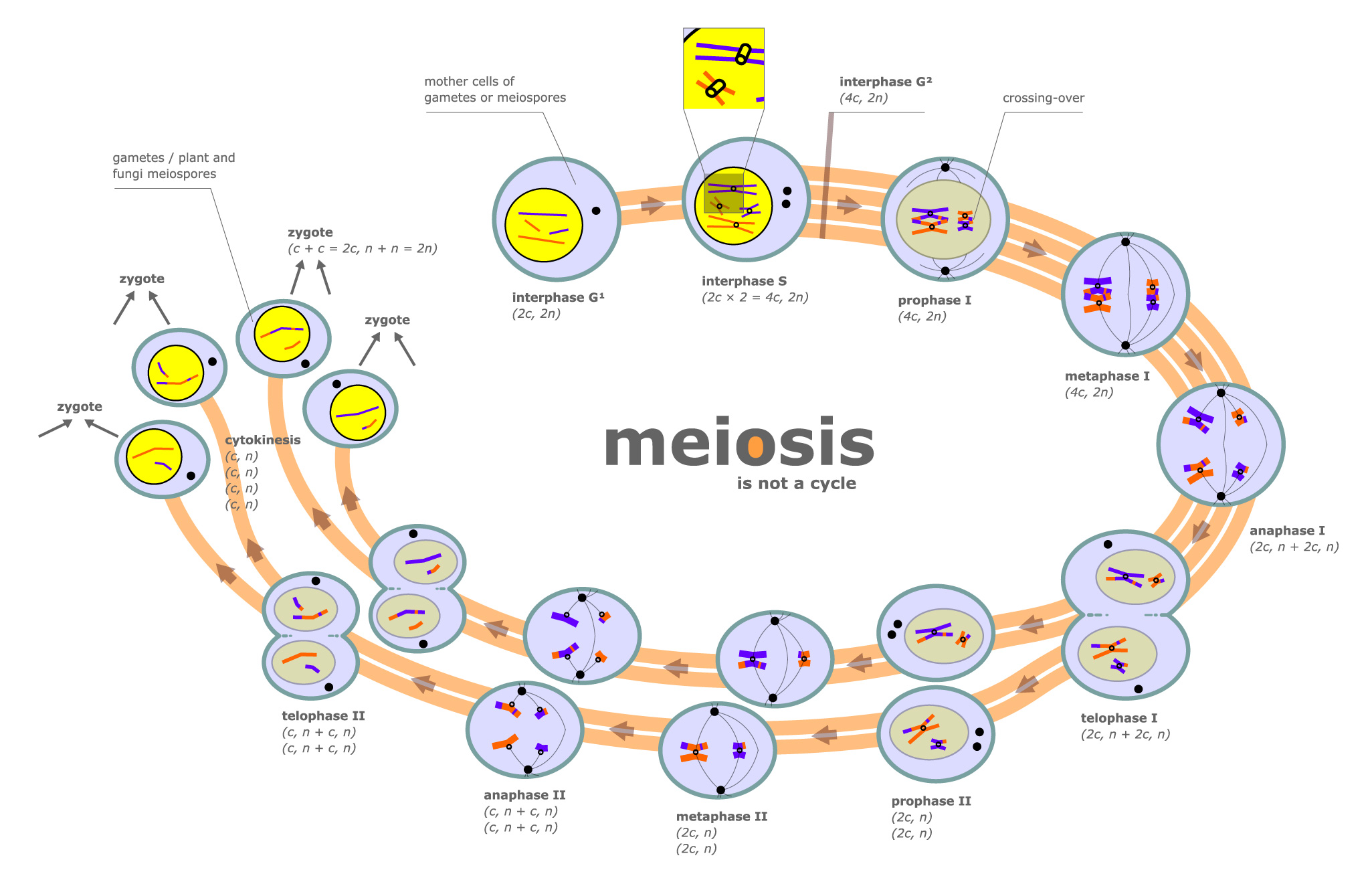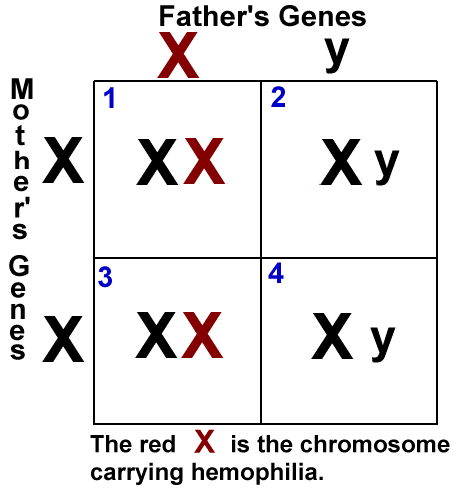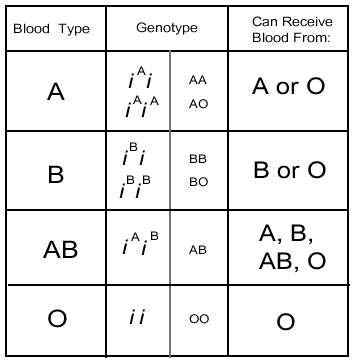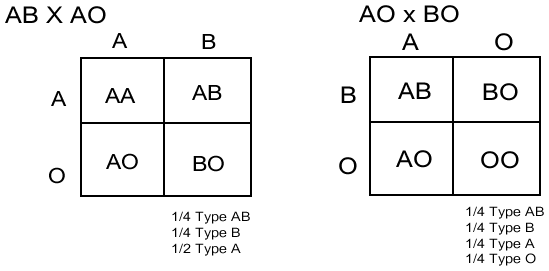Saturday, December 21, 2013
Class 33
Today we took the unit 5 test on cytology and previous units. We had a choice between 4 short answers or 1 essay question for the free response. I choose the essay question that had me explain the relationship between cytology, the cell cycle, DNA replication, protein synthesis and cell organelles. Then we had 30 multiple choice questions that covered topics from unit 1 to unit 5. After we finished the test we were free to leave.
Class 32
Today we learned how DNA, the Cell Cycle, Cell Organelles, Protein Synthesis, and DNA replication all work together. We first took a quiz on mitosis and meiosis and then we got packets that contained info on mitosis and meiosis. We drew a mind map on our white boards that shows the relationships between the topics covered this semester.
Class 31
Today in class we learned about the stages of mitosis and meiosis in the cell. First there is interphase which contains G1, S, and G2 phases before starting mitosis. A prokaryote cell goes through binary fusion because it does not have a nucleus or nuclear envelope. The G1 phase is growth of the cell and the S phase is DNA replication. The G2 phase gets the cell ready for mitosis. Protein synthesis occurs before the cell goes through mitosis. The cell can also stop at checkpoints and enters G0 phase where the cell just lives its normal life and does not go through mitosis. Mitosis is the splitting of chromosomes and ends with cytokinesis which is the splitting of cells into two daughter cells. There are 5 stages of mitosis, prophase, prometaphase, metaphase, anaphase, and telephase.

We then learned about meiosis

meiosis is a type of cell division that results in four daughter cells each with half the number of chromosomes of the parent cell, as in the production of gametes and plant spores.
We also got to see the stages of mitosis in microscopes and pictures
We also practiced mitosis and meiosis with popsickle sticks

We then learned about meiosis

meiosis is a type of cell division that results in four daughter cells each with half the number of chromosomes of the parent cell, as in the production of gametes and plant spores.
We also got to see the stages of mitosis in microscopes and pictures
Class 30
Today in class we dived into our next Unit on Cytology! We went over the test on genetics and made any corrections needed. Then we took out our white boards and laptops, starting on our cell tour projects where we create a visual fly through the eukaryotic animal, eukaryotic plant and prokaryote cells. We created a venn diagram and wrote a list of the different organisms that are shared between the cells and ones that are specific to the individual cell.
We then started on a lab using microscopes and studied a dog flea, cheek cells. plant leaf and a sample from a fish tank. We got to see the difference in the cells of each.
Class 29
Test day!!
Today we took the Unit 4 test on Genetics.
The test was 30 multiple choice questions and then 2 free response questions covering the topics of monohybrid and dihybrid crosses, sex linked and autosomal, incomplete and codominance, phenotypic and genotypic ratios, pedigrees, osmosis, Hardy Weinburg problems, true-breeding, and trihybrid crosses.
we were free to leave once we finished the test
Today we took the Unit 4 test on Genetics.
The test was 30 multiple choice questions and then 2 free response questions covering the topics of monohybrid and dihybrid crosses, sex linked and autosomal, incomplete and codominance, phenotypic and genotypic ratios, pedigrees, osmosis, Hardy Weinburg problems, true-breeding, and trihybrid crosses.
we were free to leave once we finished the test
Class 28
Today in class we learned how to read pedigree charts to predict if the offspring or parents were infected. We were shown many different pedigrees.
We first had to determine whether it was dominant or recessive
First, if there are two parents without the trait, but their children have it, then the gene must be recessive, because if it were dominant, and the two parents both are homozygous recessive, then there is no why their children could have the trait. Their genotype must both be Aa, so that there is a possibility that one child could have the trait.
Note: if, in the second generation, there is an offspring that does not have the trait, and married someone who also doesn't have the trait and have kids that don't have it either, you still cannot be sure that the offspring is homozygous dominant, because there is a chance that they could be Aa.
If you have one parent that doesn't have the trait and one who does, and most or all of their children have the trait, then the gene must be dominant. If most of the offspring have the trait and some don't, then it is still possible that the gene could be recessive, but because MOST have it, it is more likely that it is dominant.
If you have both parents that have the trait, and their children either have the trait or not, then it is most definitely dominant. If it were recessive, then those parents could only ever have children who have the gene. And if they had children who don't have the gene as well, then both parents genotype must be Aa, and the normal children's genotype is aa.
Then we had to determine whether the pedigree was autosomal or sex linked.



Sex linked means of the X chromosome. Females have two X chromosomes, so as long as they have one "normal" X chromosome, they would appear normal. Males are XY, so they receive one X chromosome from their mother. If that X chromosome is the "disease" one, then the male is infected. So, a female with the "disease" will ALWAYS give her sons the disease. The pedigree chart will show this.
A female with the disease will give ONE X chromosome to her daughters. The daughters get the other X chromosome from their fathers. If the father is normal, the daughter will be a carrier only.
If the father has the disease too, the daughters will ALWAYS have the disease. The pedigree chart will show this also.
We first had to determine whether it was dominant or recessive
Note: if, in the second generation, there is an offspring that does not have the trait, and married someone who also doesn't have the trait and have kids that don't have it either, you still cannot be sure that the offspring is homozygous dominant, because there is a chance that they could be Aa.
If you have one parent that doesn't have the trait and one who does, and most or all of their children have the trait, then the gene must be dominant. If most of the offspring have the trait and some don't, then it is still possible that the gene could be recessive, but because MOST have it, it is more likely that it is dominant.
If you have both parents that have the trait, and their children either have the trait or not, then it is most definitely dominant. If it were recessive, then those parents could only ever have children who have the gene. And if they had children who don't have the gene as well, then both parents genotype must be Aa, and the normal children's genotype is aa.
Then we had to determine whether the pedigree was autosomal or sex linked.



A female with the disease will give ONE X chromosome to her daughters. The daughters get the other X chromosome from their fathers. If the father is normal, the daughter will be a carrier only.
If the father has the disease too, the daughters will ALWAYS have the disease. The pedigree chart will show this also.
Class 27
Today in class we learned about special genetics. We learned about multiple alleles, sex linked and autosomal cases, incomplete and codominance, blood types and pure and hybrid crosses.
This video helped me understand topics we learned in class.
Video on Incomplete Dominance, Sex Linked and codominance genetics
Specific combinations of genes determine traits such as color and skin pigmentation.
Incomplete dominance is when there is no longer a dominant gene
In this example, red and white flowers cross and create pink flowers.
We also learned about sex linked genes

The x chromosome carries and shows the trait but the y chromosome does not. The woman then controls what the phenotype will be.
We also learned about blood types and predicted what the blood types of the offspring would be if given the blood types of the parents or the other way around.


Sunday, December 15, 2013
Your Inner Fish Chap 6 Discussion
Shubin talks about the best-laid body plans, development from the embryo, germ layers, and the control of DNA. He explains that a scientist named Karl Ernst von Baer discovered that organs are derived from 3 developing layers in the embryo which are the ectoderm, endoderm, and mesoderm. Every animal got their organs from these three germ layers. He also talks about discoveries where the embryo splits and causes twins. I learned that the Organizer is a small piece of tissue that causes the cells in the embryo to make a body plan. All mammals, birds, amphibians and fish contain an Organizer. This links back to evolution and a common ancestor. He then gives diagrams and explanations that show that humans and flies contain Hox genes which are Organizers that are involved in the development of the body plan. DNA controls the Organizer. He finally mentions Noggin which is a gene that can grow back structures and even a second head for frogs when injected into an egg. I learned that DNA mutations and manipulation in the embryonic stages can affect the appearance and structure of an organism.
Friday, December 6, 2013
Class 26
Today in class we were introduced dihybrid crosses and learned different ways to solve dihybrid cross problems. A dihybrid cross involves a study of inheritance patterns for organisms differing in two traits. Mendel invented the dihybrid cross to determine if different traits of pea plants, such as flower color and seed shape, were inherited independently. Our objective is to understand the principles that govern inheritance of different traits in a dihybrid cross that led Mendel to propose that alleles of different genes are assorted independently of one another during the formation of gametes. We did an exercise involving popsicle sticks were we had parents with two different traits and crossed them using steps to make phenotypes and genotype ratios. There are two ways that were shown to solve dihybrid crosses. First we learned Mr. Quicks way of crossing with a punnet square that showed the phenotype and genotypes of the offspring. Then we were shown Mr. Fitz's way that is a bit faster and uses a punnet square for each trait. This Dihybrid cross video helped me understand dihybrid crosses and is similar to Mr Fitz's way of solving the problem. We then took a short quiz and notes on dihybrid crosses.
Subscribe to:
Posts (Atom)





















